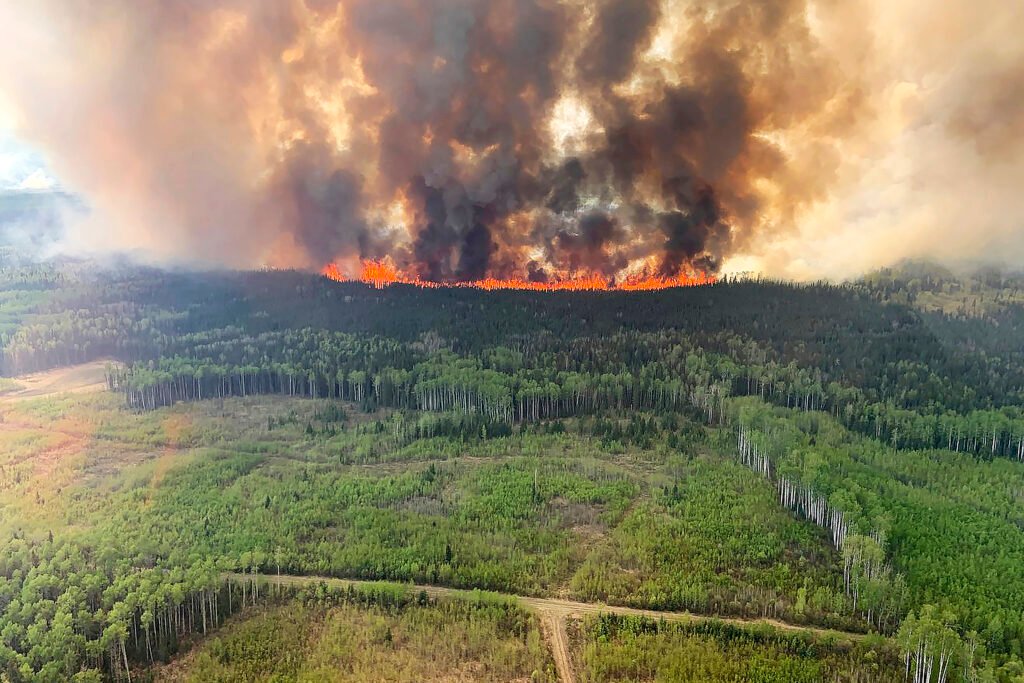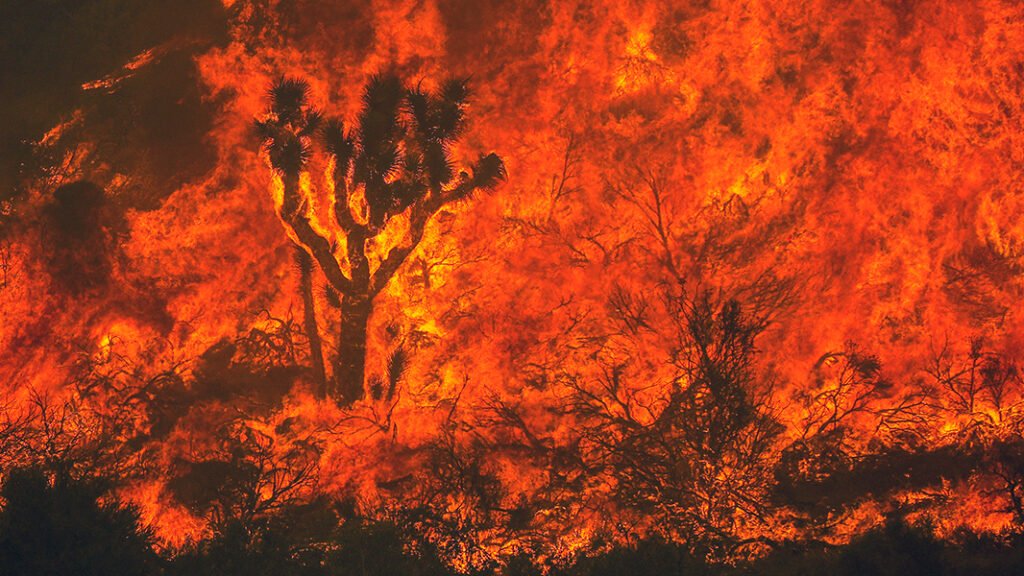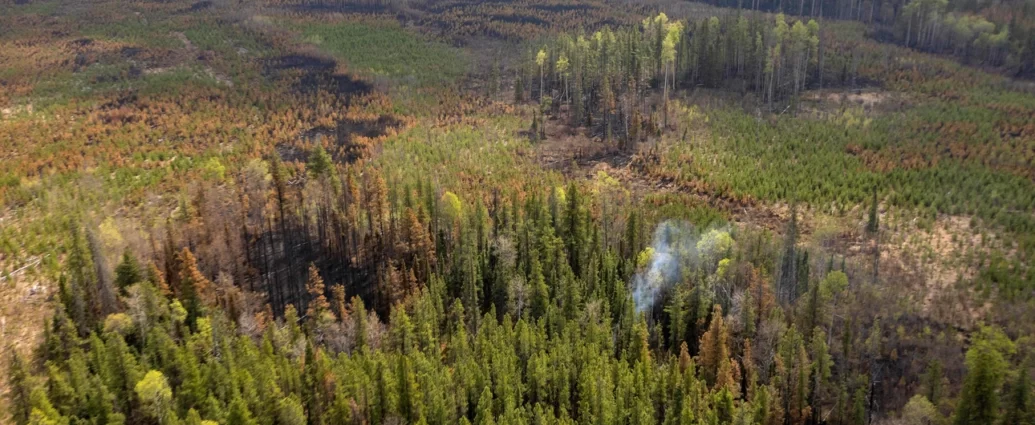Almost everyone in the eastern United States has been delivered a strong reminder of the complicated implications of climate change as wildfires burn throughout Canada, causing dangerous air quality and apocalyptic orange sky thousands of miles away.

The effects of smoke on human health are obvious, but the hazy sky also draw attention to something else: the importance of forests in sustaining the health of our world.
Most people recognize that trees and forests play a vital part in minimizing climate change; nevertheless, many people are unaware that not all forests are alike, and that managing our forests to reduce climate change is far more complicated than just planting more trees.

It turns out that the age and composition of forests have a significant impact on their ability to prevent wildfires and store carbon. The best for both is old growth forest, but there is very little of it remaining in either the western or eastern United States.
However, a major portion of the forest on public lands is what foresters refer to as “mature” forest, which is nearly as excellent as old growth and is on the verge of becoming old growth. These older woods will help us prevent future forest fires and will do the most to minimize climate change, and so we must conserve them at all costs.

In a mature stage, the dark understory of the forest keeps things damp, and much of the debris consists of bigger logs that are not easily lit, thus the “dead stuff” is less likely to serve as fire fuel.
This mature forest contains fewer but larger trees, and its ecology grows more complicated, resulting in an increase in the number of plant and animal species. Because of the size and moisture content of the dead wood, forests become more resistant to flames as they age.

Woods may absorb carbon from the atmosphere again after a fire, but it takes a long time – many decades. Meanwhile, such a cycle would almost likely result in more wildfires, which may be exacerbated by more deforestation and poor forest management, so instead of planting new trees as a substitute for chopping down old ones, we should aim to avoid the cutting down of old mature trees. This way we will both mitigate and adapt to climate change.
Reference- National Geographic, Wikipedia, Duke University Nicholas School of the Environment, Reuters, University of Washington






